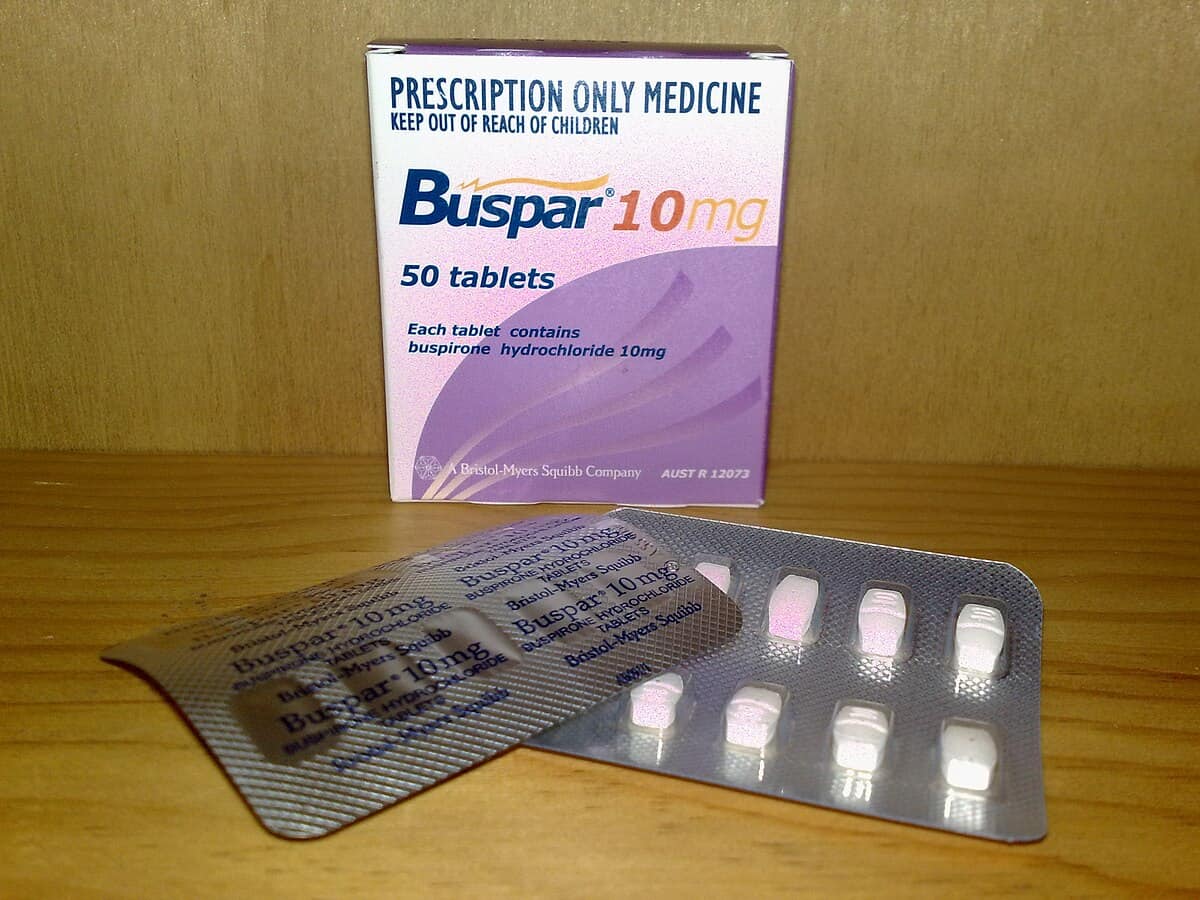Doxycycline is a commonly prescribed antibiotic for dogs, particularly in liquid form. It is widely used to treat a variety of bacterial infections, making it an essential medication in veterinary care. This article will guide you through the benefits, usage, and potential side effects of doxycycline liquid for dogs, providing you with a comprehensive understanding of this valuable treatment option.
Doxycycline is a broad-spectrum antibiotic that belongs to the tetracycline class. It is effective against a wide range of bacterial infections, including those affecting the respiratory tract, urinary tract, and skin. Additionally, doxycycline is often used to treat infections caused by tick-borne diseases, such as Lyme disease and Rocky Mountain spotted fever.
The Mechanism of Action
Doxycycline works by inhibiting protein synthesis in bacteria, effectively stopping their growth. By binding to the bacterial ribosome, it prevents the addition of new amino acids to the growing protein chain, which is essential for bacterial replication. This action makes it a powerful weapon against infections caused by susceptible bacteria.
Range of Effectiveness
The range of doxycycline’s effectiveness is vast, covering both gram-positive and gram-negative bacteria. This makes it particularly useful in treating mixed bacterial infections, where multiple types of bacteria are involved. Its efficacy against intracellular organisms also makes it an important option for certain complex infections.
Historical Background
Doxycycline was first introduced in the 1960s and has since become a staple in both human and veterinary medicine. Over the decades, its use has expanded due to its broad-spectrum capabilities and relative safety. Veterinarians trust doxycycline for its proven track record and consistent results in treating various infections.
Does Doxycycline Come in Liquid Form for Dogs?
Yes, doxycycline is available in liquid form for dogs. This oral solution is particularly useful for pets who have difficulty swallowing pills or require a more precise dosage. The liquid form of doxycycline is often compounded with flavors to make it more palatable for dogs, ensuring easier administration.
Benefits of Liquid Formulation
The liquid formulation of doxycycline offers several advantages over tablets or capsules. It allows for more precise dosing, which is crucial for small or very young dogs. Additionally, the palatable flavors help in reducing administration stress, making it easier for both the pet and the owner.
When to Choose Liquid Over Pills
Liquid doxycycline is often preferred when dealing with dogs that have esophageal issues or those that are very small in size. It’s also a good choice for dogs that have a history of pill aversion or difficulty swallowing. Discuss with your veterinarian to determine the most suitable form for your pet.
Compounding and Customization
In many cases, veterinary pharmacies can compound doxycycline into custom flavors or concentrations. This customization caters to specific needs, such as adjusting the concentration for very small doses or creating a flavor profile that your dog enjoys, enhancing compliance.
Why is Doxycycline Prescribed for Dogs?
Doxycycline is prescribed for a variety of reasons, including its effectiveness in treating bacterial infections and its relatively mild side effect profile compared to other antibiotics. Here are some common infections treated with doxycycline in dogs:
Respiratory Infections
Doxycycline is effective in treating respiratory infections like pneumonia and bronchitis. These conditions can be severe and require prompt treatment to prevent complications. By reducing bacterial load, doxycycline helps alleviate symptoms and improves respiratory function.
Urinary Tract Infections
It can help combat bacterial infections in the urinary tract. These infections can cause discomfort and lead to more severe kidney issues if left untreated. Doxycycline’s penetration into the urinary system makes it an ideal choice for clearing these infections effectively.
Skin Infections
Doxycycline is often used to treat skin infections caused by bacteria, such as pyoderma. These infections can be painful and may lead to skin damage if not addressed. Doxycycline reduces inflammation and bacterial presence, promoting healing of the skin.
Tick-borne Diseases
It is a first-line treatment for diseases like Lyme disease, ehrlichiosis, and anaplasmosis. These diseases are transmitted through tick bites and can cause systemic illness. Early treatment with doxycycline is crucial in preventing long-term complications associated with these diseases.
Doxycycline Liquid Dosage for Dogs
Determining the correct dosage of doxycycline liquid for dogs is crucial to ensure its effectiveness and minimize potential side effects. The dosage is typically based on the dog’s weight, the severity of the infection, and the veterinarian’s recommendation.
General Dosage Guidelines
- Standard Dosage: The typical dosage of doxycycline liquid for dogs is 2-5 mg per pound of body weight, administered once or twice daily. However, the exact dosage may vary depending on the specific condition being treated.
Factors Influencing Dosage
Several factors can influence the exact dosage of doxycycline, including the dog’s age, overall health, and the presence of any pre-existing conditions. For example, dogs with liver or kidney issues may require adjusted doses. Always consult your veterinarian for guidance tailored to your pet’s specific needs.
Importance of Weight-Based Dosing
Weight-based dosing ensures that each dog receives an appropriate amount of medication relative to its size. This precision helps maximize the drug’s efficacy while minimizing the risk of side effects, making it a cornerstone of safe antibiotic administration.
Adjusting Dosage Over Time
In some cases, veterinarians may adjust the dosage of doxycycline over the course of treatment. This could be due to changes in the dog’s condition or response to the medication. Regular veterinary check-ups are essential to monitor progress and make any necessary dosage adjustments.
Duration of Treatment
- Duration of Treatment: The length of treatment can range from a few days to several weeks, depending on the infection’s severity and response to the medication. It is essential to follow the veterinarian’s instructions and complete the full course of treatment, even if your dog appears to be feeling better.
Importance of Completing the Course
Completing the full course of doxycycline is vital to ensuring the infection is fully eradicated. Stopping treatment early can lead to a resurgence of the infection or contribute to antibiotic resistance, which poses a challenge to future treatments.
Monitoring Response to Treatment
Throughout the treatment period, monitor your dog for signs of improvement or any adverse reactions. Positive signs include reduced symptoms and improved energy levels. If you notice any concerning changes, contact your veterinarian promptly for advice.
Post-Treatment Evaluation
After completing the doxycycline course, a follow-up veterinary visit is recommended. This allows the vet to confirm the infection has cleared and assess your dog’s overall health. It also provides an opportunity to address any lingering side effects or concerns.
Administering Doxycycline Liquid to Dogs
- Use a syringe or dropper to measure the prescribed amount of liquid medication accurately.
- Administer the liquid directly into your dog’s mouth, aiming for the back of the throat to encourage swallowing.
- If your dog is resistant to taking the liquid directly, you can mix it with a small amount of food, but ensure your dog consumes the entire dose.
Tools for Accurate Administration
Using a syringe or dropper is crucial for measuring the correct dosage of liquid doxycycline. These tools allow for precision in dosing, ensuring your dog receives the exact amount prescribed by the veterinarian. Always use clean equipment to prevent contamination.
Techniques for Easy Administration
To make administering the liquid easier, gently hold your dog’s muzzle and insert the syringe or dropper towards the back of the mouth. This position encourages swallowing and reduces the risk of spitting out the medication. Practice calm and reassuring handling to ease your dog’s stress during the process.
Troubleshooting Administration Challenges
If your dog is reluctant to take the medication, try offering it mixed with a small amount of their favorite food. Ensure that the food portion is small enough to guarantee the entire dose is consumed. If difficulties persist, consult your veterinarian for alternative administration strategies.
Potential Side Effects of Doxycycline in Dogs
While doxycycline is generally well-tolerated, it can cause some side effects in dogs. It is essential to monitor your pet for any adverse reactions and consult your veterinarian if you notice any concerning symptoms.
Common Side Effects
- Gastrointestinal Upset: Dogs may experience nausea, vomiting, or diarrhea. These symptoms are usually mild and can often be managed by administering the medication with food.
Managing Gastrointestinal Symptoms
Administering doxycycline with food can help mitigate gastrointestinal upset. Providing a small meal before medication can buffer the stomach lining, reducing irritation. If symptoms persist, consult your veterinarian for additional strategies or possible medication adjustments.
Recognizing Digestive Distress
Be vigilant for signs of digestive distress, such as excessive drooling or frequent licking of the lips. These may indicate nausea or discomfort. Early intervention can prevent more severe symptoms and ensure your dog remains comfortable throughout treatment.
- Loss of Appetite: Some dogs may temporarily lose their appetite while on doxycycline.
Encouraging Appetite
To encourage eating, offer your dog small, frequent meals that are easy to digest. Adding a bit of warm water or low-sodium broth can enhance the food’s aroma, enticing your dog to eat. Monitor your dog’s intake closely and seek veterinary advice if appetite loss persists.
Identifying Appetite Changes
A reduced appetite can sometimes be subtle, so watch for changes in eating patterns, such as leaving food or eating slower than usual. Document these changes and report them to your veterinarian to determine if they’re related to the medication or another underlying issue.
Serious Side Effects
by Judy Beth Morris (https://unsplash.com/@judy_beth_morris_idaho)
- Allergic Reactions: In rare cases, dogs may experience an allergic reaction to doxycycline, characterized by symptoms like facial swelling, hives, or difficulty breathing. If you suspect an allergic reaction, seek immediate veterinary care.
Identifying Allergic Reactions
Recognizing the signs of an allergic reaction is critical for your dog’s safety. Symptoms such as sudden itching, swelling, or difficulty breathing require immediate attention. Being aware of these symptoms can lead to prompt treatment and prevent serious complications.
Emergency Response to Allergies
If an allergic reaction occurs, contact your veterinarian or an emergency animal clinic immediately. Quick intervention is necessary to manage severe reactions effectively. Keep emergency contact numbers handy and follow any specific instructions provided by your vet for such situations.
- Liver or Kidney Issues: Prolonged use of doxycycline can potentially affect the liver or kidneys. Regular blood tests may be necessary to monitor your dog’s organ function during treatment.
Monitoring Organ Health
Regular veterinary check-ups and blood tests are essential for monitoring your dog’s liver and kidney health during prolonged doxycycline treatment. These tests help detect any early signs of organ stress, allowing for timely intervention and adjustments to the treatment plan.
Understanding the Risks
Understanding the potential impact of doxycycline on liver and kidney function is crucial. While these side effects are uncommon, being informed helps in making decisions about your dog’s treatment options. Discuss any concerns with your veterinarian to ensure your dog’s safety.
Considerations When Using Doxycycline for Dogs
When using doxycycline liquid for dogs, keep the following considerations in mind:
Complete the Full Course
Even if your dog appears to be feeling better, it is crucial to complete the entire course of doxycycline as prescribed by your veterinarian. Stopping the medication prematurely can lead to a recurrence of the infection or antibiotic resistance.
Risks of Premature Discontinuation
Stopping doxycycline early can cause the infection to return, often with increased severity. This incomplete treatment can also contribute to antibiotic resistance, making future infections harder to treat. Always adhere to the full prescription duration.
Ensuring Compliance
To ensure your dog completes the course, set reminders for each dose and maintain a dosing schedule. Keep track of doses given on a calendar or medication log. These practices help in staying organized and ensuring consistent administration.
Drug Interactions
Doxycycline can interact with certain medications, such as antacids or supplements containing calcium, magnesium, or iron. Inform your veterinarian of any other medications your dog is taking to avoid potential interactions.
Potential Interaction Risks
Interactions can alter the effectiveness of doxycycline, either reducing its efficacy or increasing the risk of side effects. Being aware of potential interactions ensures that your dog receives the full benefit of the medication without unnecessary risks.
Communicating with Your Veterinarian
Keep an updated list of all medications and supplements your dog is taking. Share this information with your veterinarian at every visit to assess any potential interactions with doxycycline and adjust the treatment plan if necessary.
Storage
Store doxycycline liquid in a cool, dry place away from direct sunlight. Follow the manufacturer’s instructions for proper storage.
Optimal Storage Conditions
Proper storage of doxycycline liquid is essential for maintaining its potency and effectiveness. Avoid exposing the medication to extreme temperatures or moisture. Check the expiration date regularly and dispose of any expired medication safely.
Safe Disposal Practices
If you have expired or unused doxycycline, follow local guidelines for safe disposal. Never dispose of medications in household trash or wastewater systems. Consult your veterinarian or pharmacy for advice on safe disposal methods.
Conclusion
Doxycycline liquid is a versatile and effective treatment for various bacterial infections in dogs. By understanding its uses, dosage guidelines, and potential side effects, you can ensure that your pet receives the best care possible. Always consult with your veterinarian before starting any new medication for your dog, and follow their guidance for administering doxycycline liquid safely and effectively.
By taking the time to learn about doxycycline liquid for dogs, you are taking an important step in safeguarding your pet’s health and well-being. Your informed decisions contribute to successful treatment outcomes and a healthier, happier life for your furry friend.



